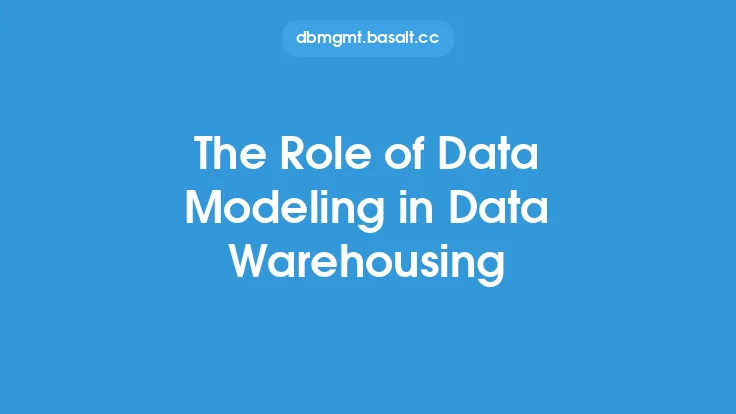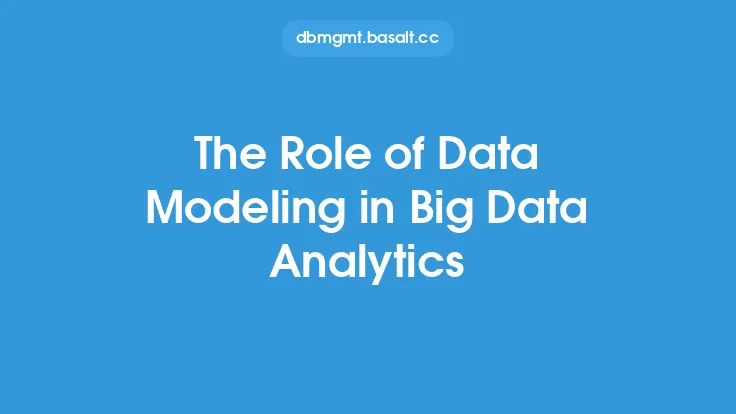In the realm of data modeling, entities play a crucial role in representing the real-world objects, concepts, or relationships that are relevant to a particular domain or problem. An entity is essentially a thing of interest or a concept that has an independent existence and can be described with attributes. In logical data modeling, entities are used to identify and organize the data that will be stored in a database, making it easier to manage, retrieve, and analyze.
Introduction to Entities
Entities are the foundation of a logical data model, as they represent the core concepts and objects that are being modeled. They can be tangible objects, such as customers, products, or orders, or intangible concepts, such as accounts, transactions, or events. Each entity has a set of attributes, which are the characteristics or properties that describe the entity. For example, a customer entity might have attributes such as name, address, phone number, and email.
Types of Entities
There are several types of entities that can be identified in a logical data model, including:
- Tangible entities: These are physical objects that can be seen or touched, such as products, equipment, or buildings.
- Intangible entities: These are concepts or ideas that do not have a physical presence, such as accounts, transactions, or events.
- Abstract entities: These are entities that represent a concept or idea, but do not have a direct physical representation, such as a company's reputation or brand image.
- Composite entities: These are entities that are composed of multiple other entities, such as a customer order that consists of multiple products.
Identifying Entities
Identifying entities is a critical step in logical data modeling, as it helps to ensure that the model accurately represents the real-world domain. To identify entities, data modelers typically follow these steps:
- Conduct stakeholder interviews: Talk to stakeholders and subject matter experts to gain a deep understanding of the domain and the data that is relevant to it.
- Review existing data sources: Analyze existing data sources, such as databases, spreadsheets, or documents, to identify the types of data that are being collected and stored.
- Look for nouns: Identify the nouns in the domain, as these often represent entities. For example, in a sales domain, nouns might include customers, products, orders, and sales reps.
- Consider the context: Consider the context in which the data will be used, as this can help to identify the entities that are most relevant to the problem or domain.
Entity Attributes
Entity attributes are the characteristics or properties that describe an entity. Attributes can be classified into several types, including:
- Simple attributes: These are attributes that have a single value, such as a customer's name or address.
- Composite attributes: These are attributes that are composed of multiple other attributes, such as a customer's full name, which consists of first name, middle name, and last name.
- Multivalued attributes: These are attributes that can have multiple values, such as a customer's phone numbers or email addresses.
- Derived attributes: These are attributes that are calculated or derived from other attributes, such as a customer's age, which can be calculated from their date of birth.
Entity Relationships
Entities can have relationships with other entities, which can be classified into several types, including:
- One-to-one relationships: These occur when one entity is related to only one other entity, such as a customer and their account.
- One-to-many relationships: These occur when one entity is related to multiple other entities, such as a customer and their orders.
- Many-to-many relationships: These occur when multiple entities are related to multiple other entities, such as customers and products.
Best Practices for Working with Entities
To ensure that entities are properly defined and used in a logical data model, data modelers should follow these best practices:
- Use clear and concise names: Use clear and concise names for entities and attributes to avoid confusion and ensure that the model is easy to understand.
- Define entities carefully: Take the time to carefully define entities and their attributes to ensure that they accurately represent the real-world domain.
- Use standard naming conventions: Use standard naming conventions for entities and attributes to ensure consistency and make the model easier to understand.
- Document entities thoroughly: Document entities thoroughly, including their attributes, relationships, and any business rules or constraints that apply to them.
Conclusion
In conclusion, entities play a critical role in logical data modeling, as they represent the real-world objects, concepts, or relationships that are relevant to a particular domain or problem. By understanding the different types of entities, how to identify them, and how to define their attributes and relationships, data modelers can create a robust and accurate logical data model that meets the needs of stakeholders and supports business decision-making. By following best practices for working with entities, data modelers can ensure that their models are clear, concise, and easy to understand, and that they provide a solid foundation for database design and development.





